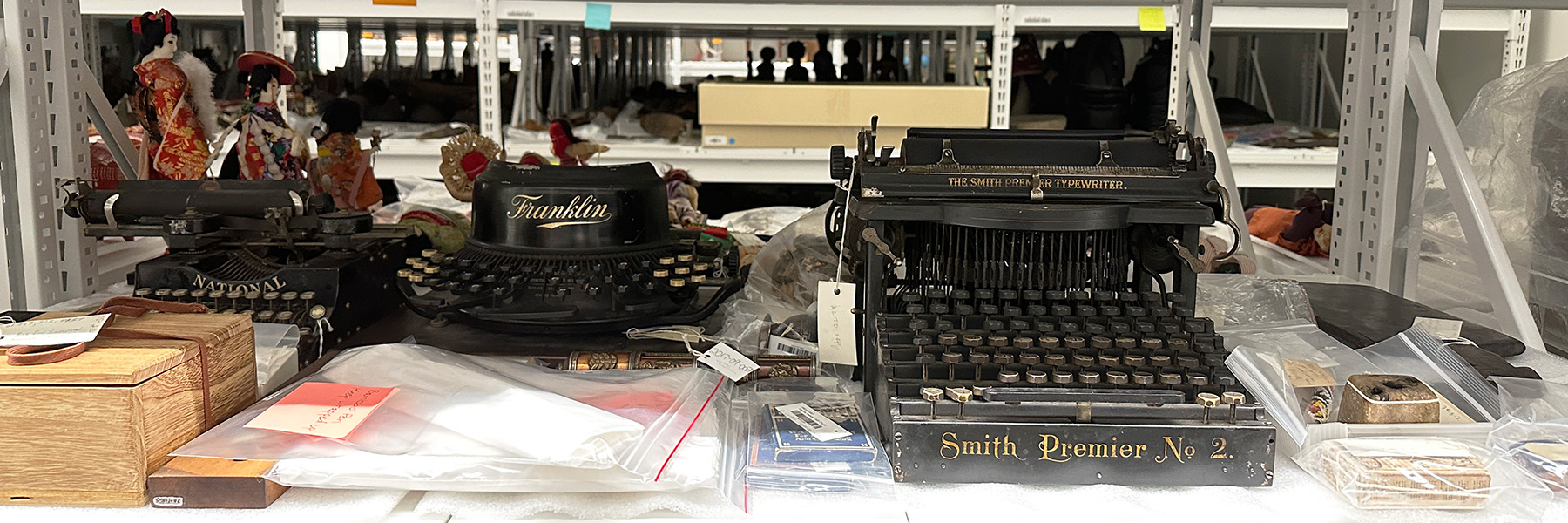Ethnographic Collections
African Materials
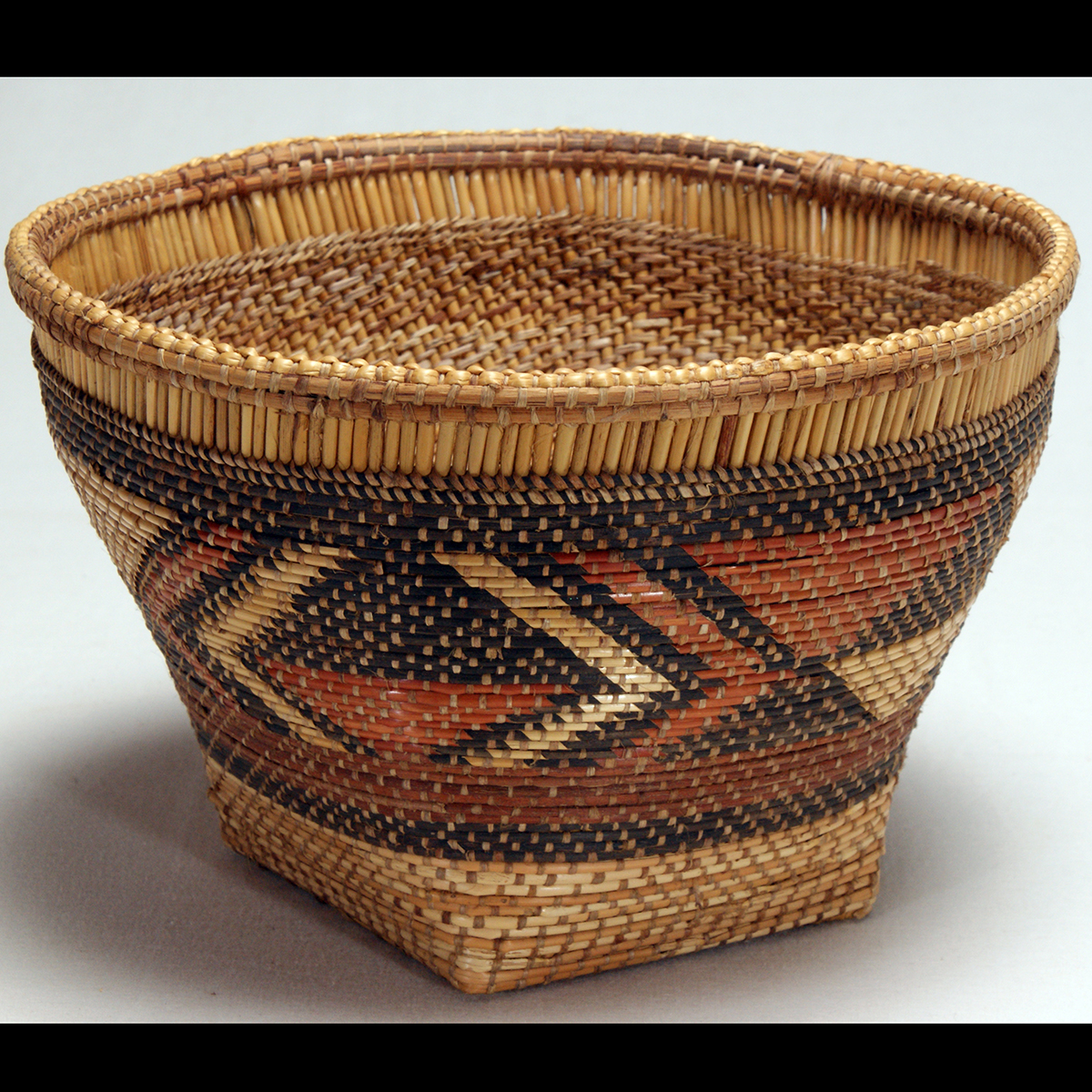
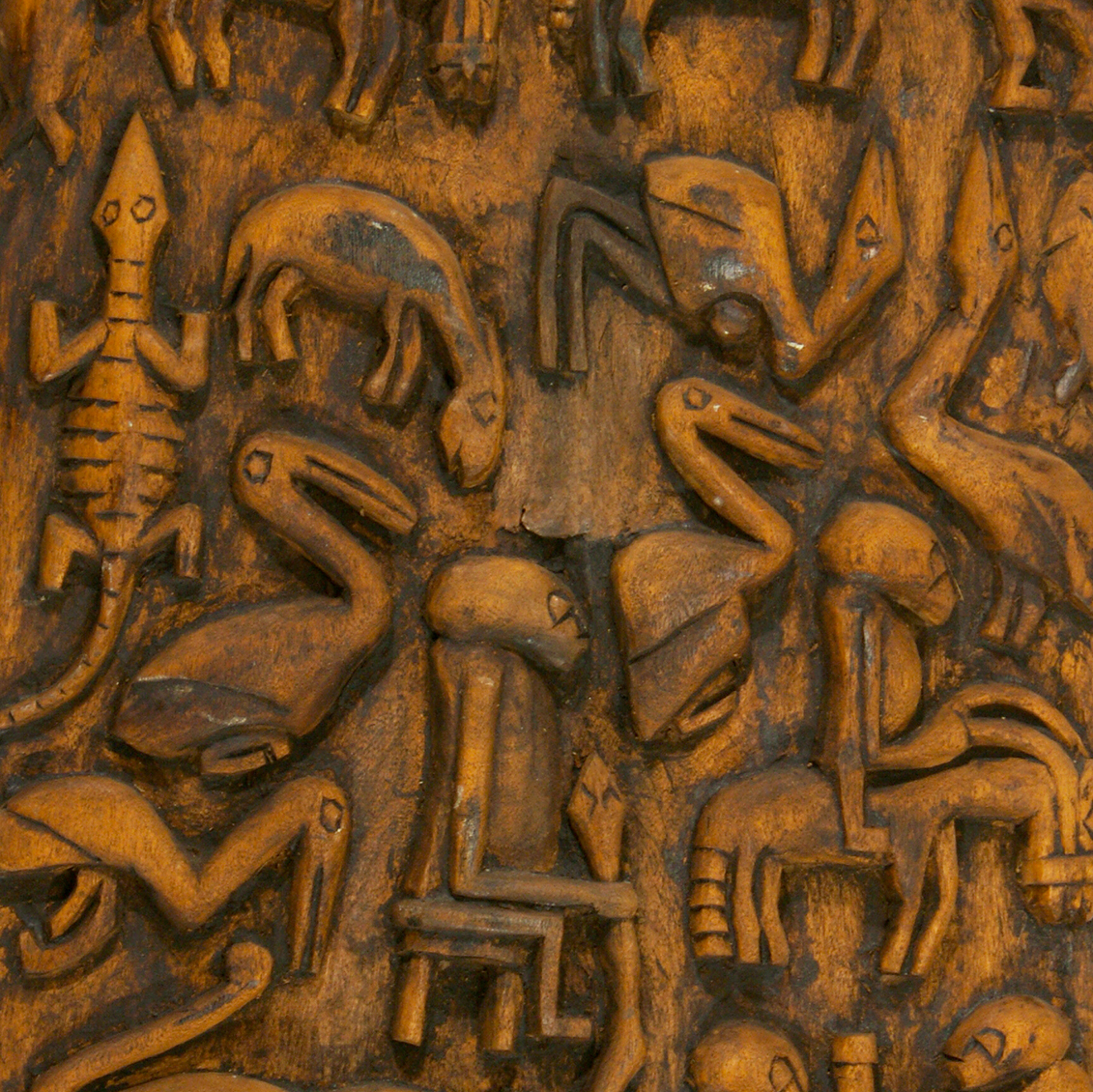
In all, the collection contains nearly 5,000 pieces representing countries throughout West, East, Central, and North Africa. The strongest collections come from the Tetela of eastern Zaire, obtained by John White in the late 1920s and early 1930s; the Hausa and Yoruba of Nigeria, collected by Arnold Rubin, former professor of Art History at UCLA; the Hausa of Nigeria, collected by renowned art historian Roy Sieber; over 1,200 objects and textiles from Liberia; and a large number of musical instruments collected throughout Africa by pioneering ethnomusicologist, Laura Boulton. Other African collections include materials from Angola, Cameroon (see Bauman), Kenya, Cote d'Ivoire, Ethiopia, Gabon, Guinea, Liberia, Mali, Sierra Leone, Uganda, and Zambia.
Asian/Pacific-Oceania Materials
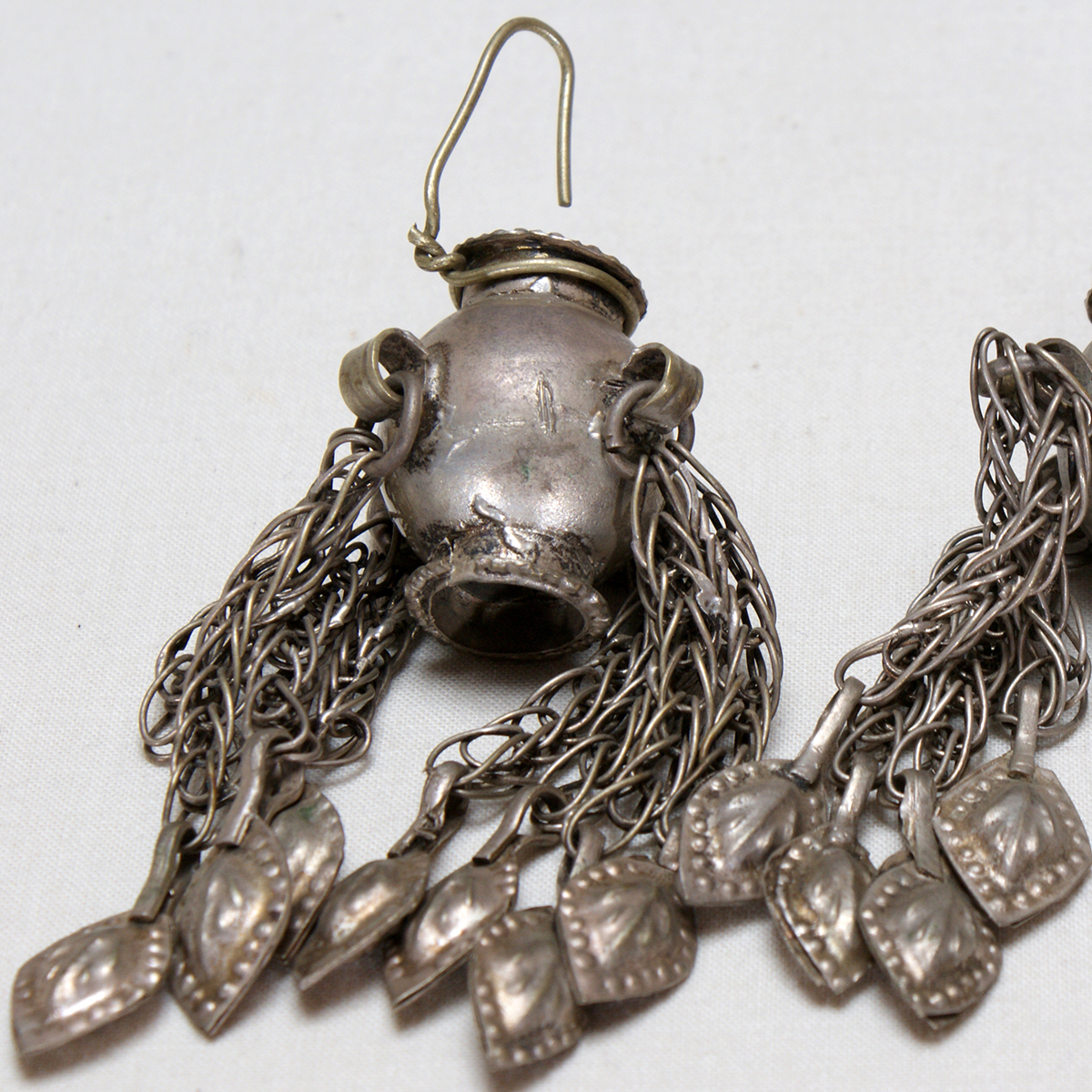

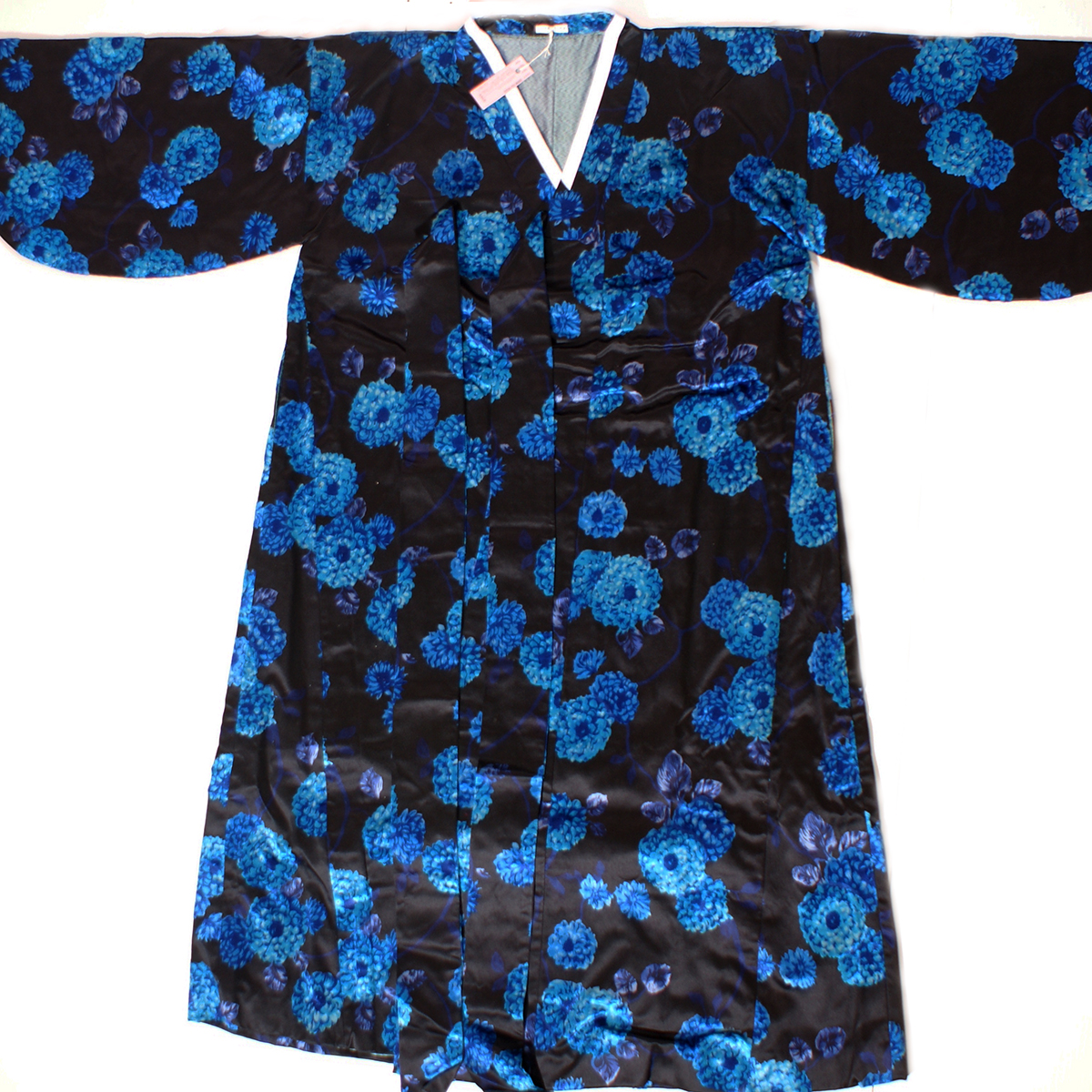
The Asian collection contains nearly 3,000 items from East Asia, Central Asia, Southern Asia, and Southeast Asia. The Pacific-Oceania collection includes materials from Java, Philippines, Malaysia, Papua New Guinea, and Palau.
Mexican, Central, and South American Materials
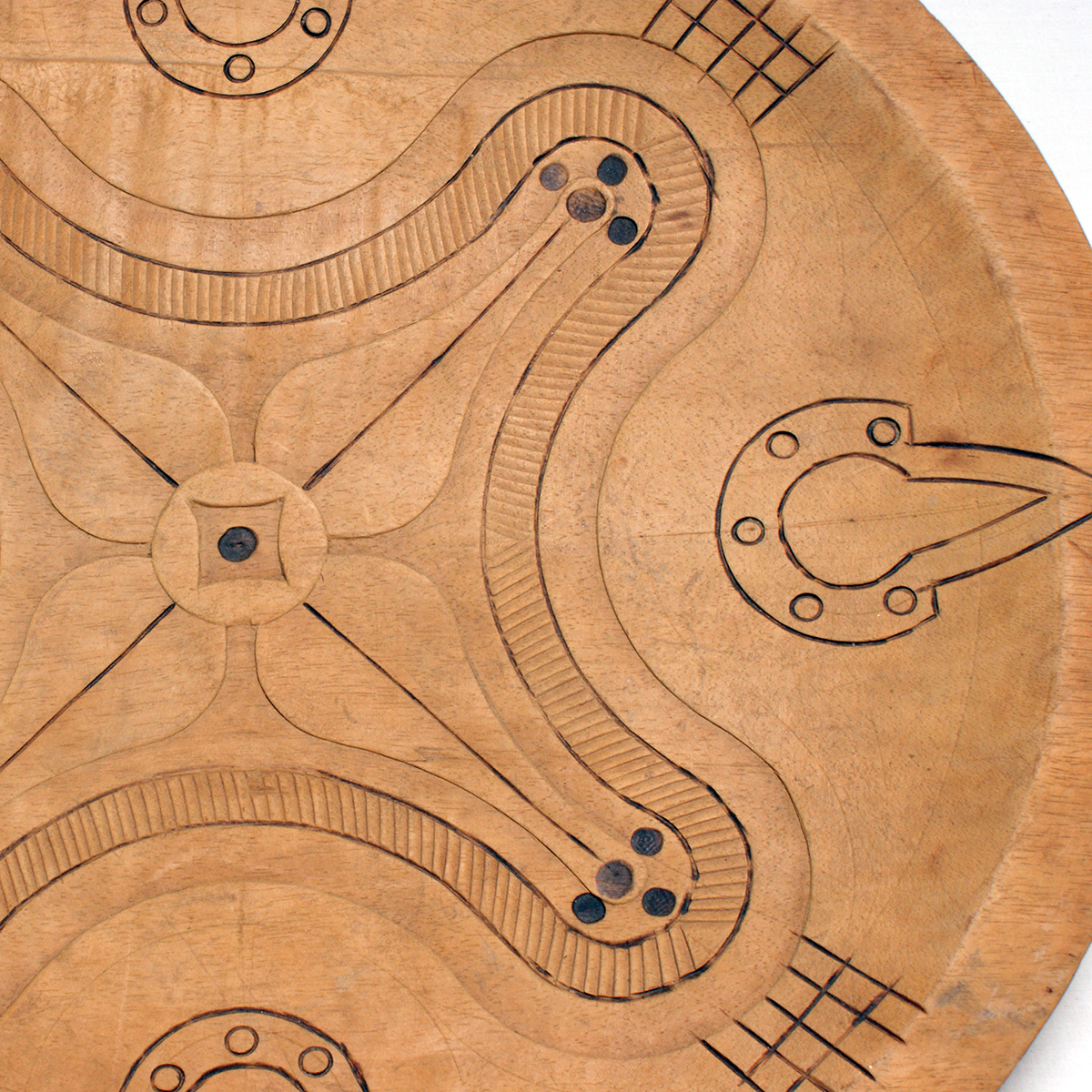
North American/European American Materials
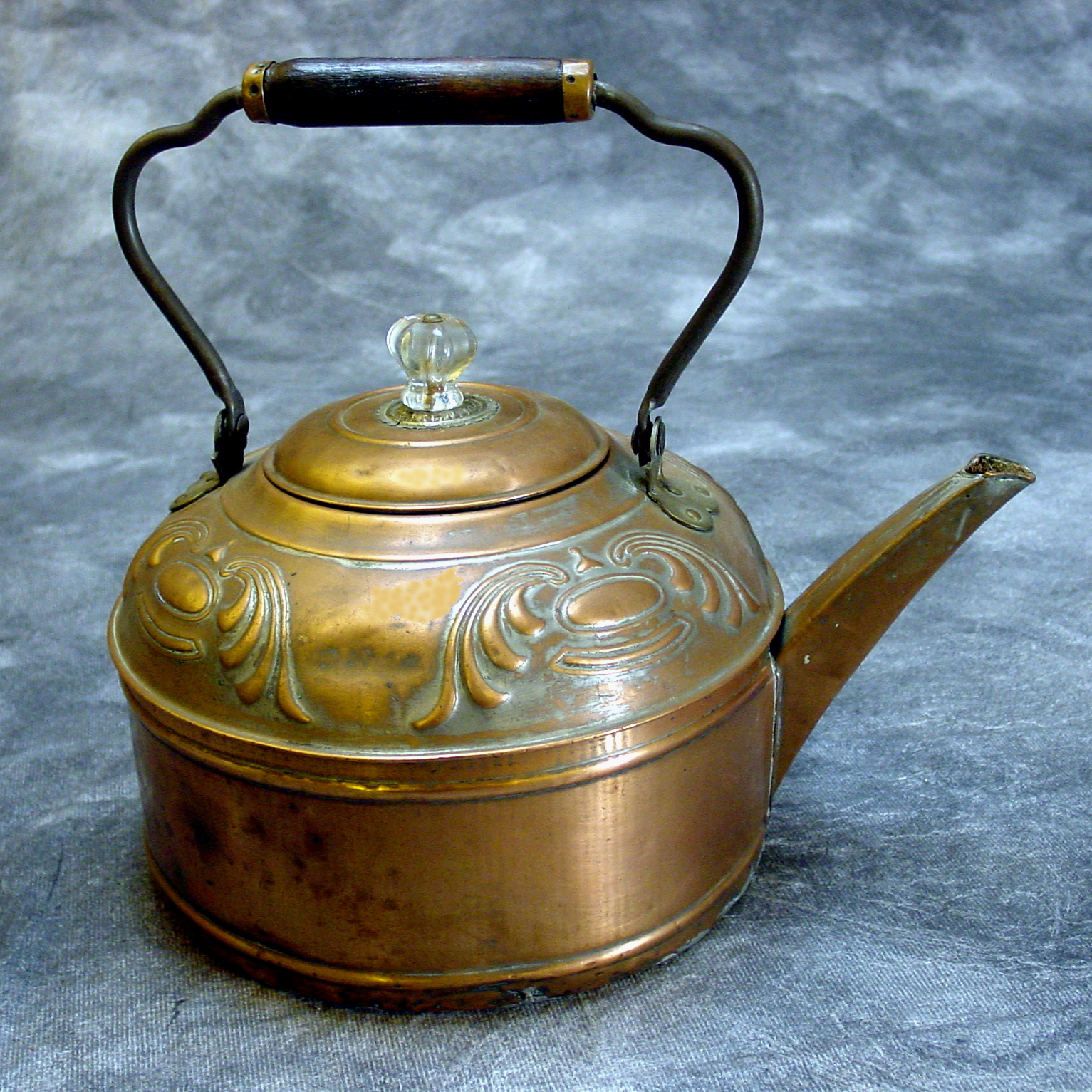
North American/Native American Materials
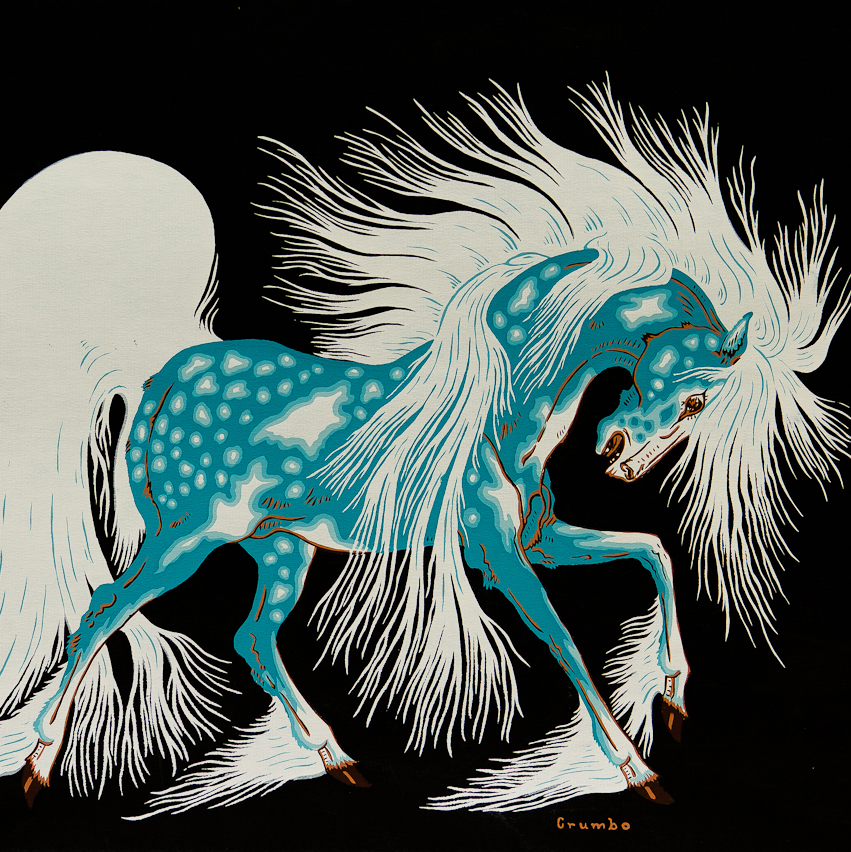
Ethnomusicological Materials
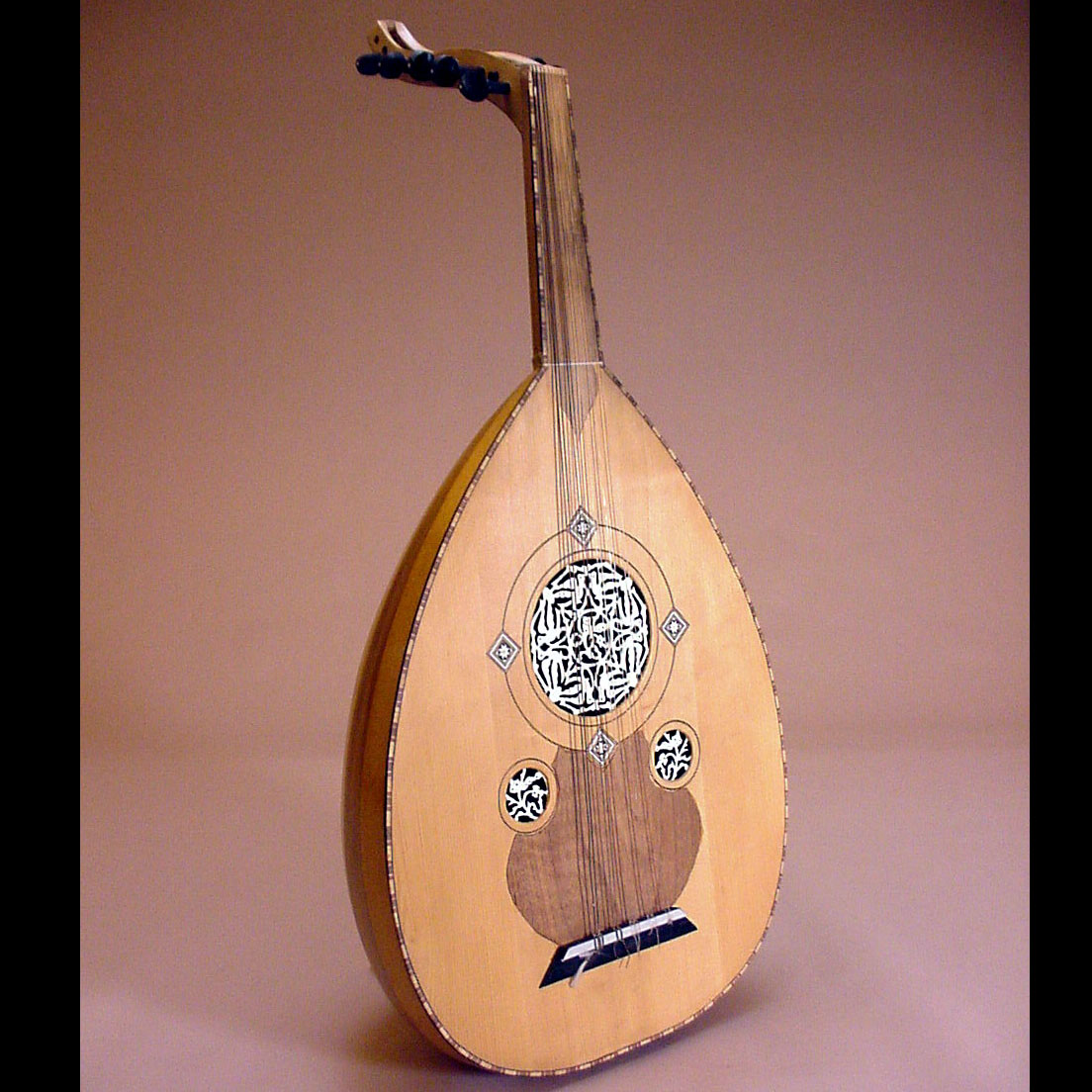
The museum's collection of over 2,000 ethnomusicology items is one of the largest such collections in the country, and includes materials from all continents.
Photography Materials

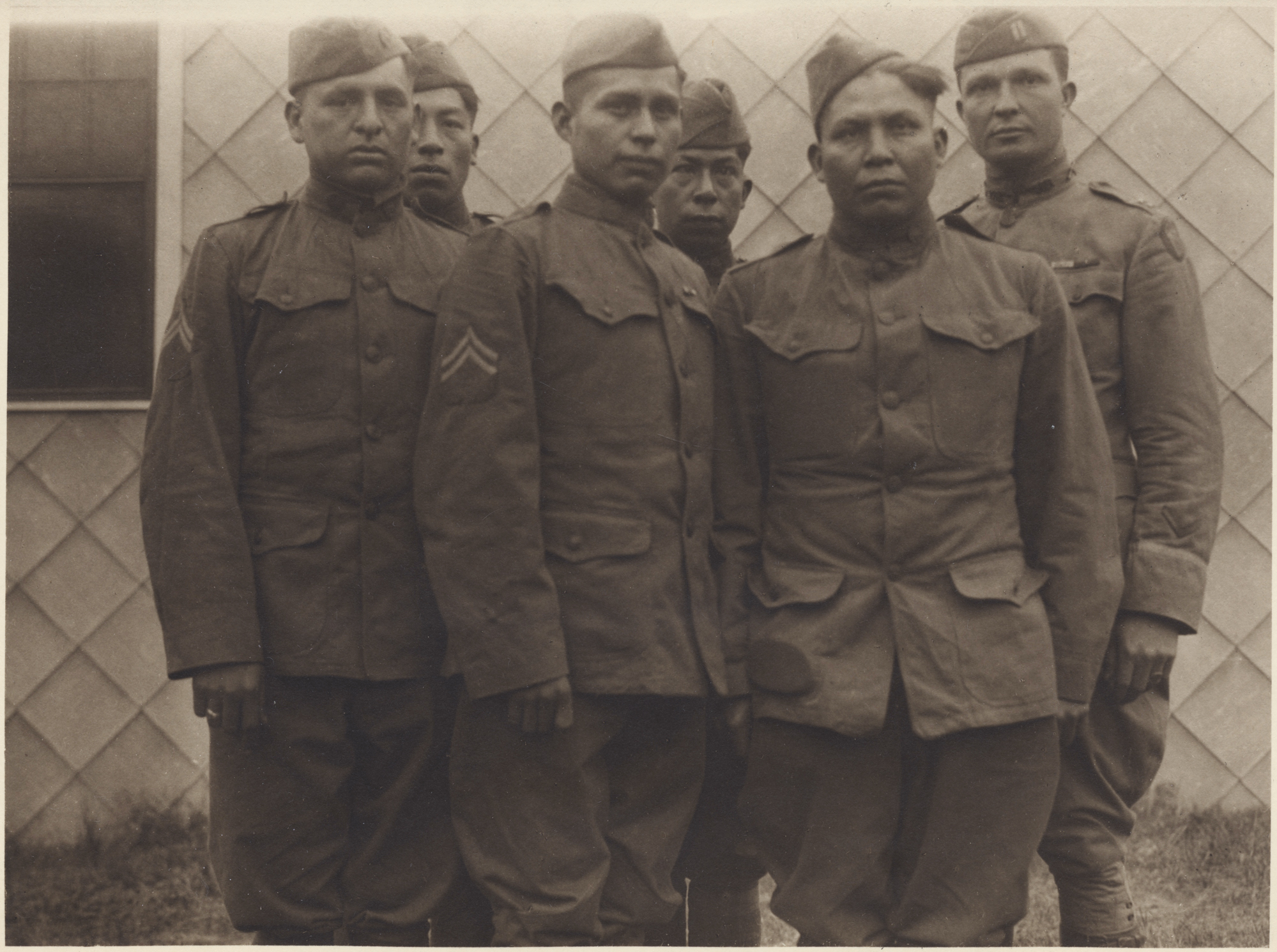
Textile Materials

The textile collections, featuring over 3,000 pieces, contains domestic items such as rugs and bed covers, garments of all kinds including shoes and hats, wrap-around garments, and cloth length samples. This sub-collection also contains examples of the skill and variety in world textile work: Southeast Asian batik and ikat, Andean in-loom embroidery, African resist dying and embroidery, Sea Island Gullah quilts, Central Asian garment construction and embroidery, Middle Eastern tapestry and carpet-weaving, Seminole patchwork, and Pueblo and Navajo upright and belt loom textiles.


